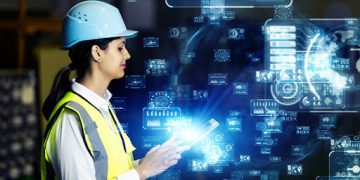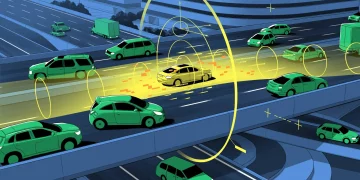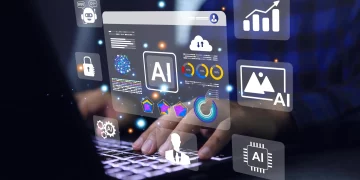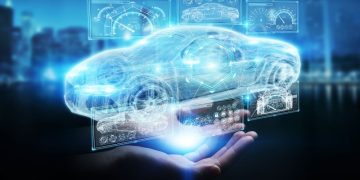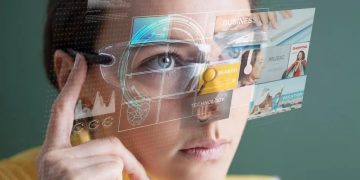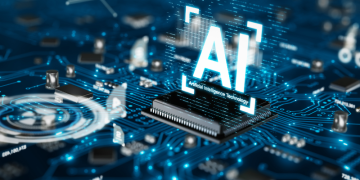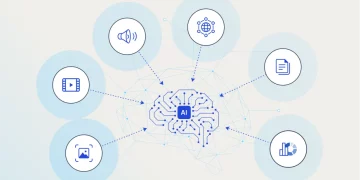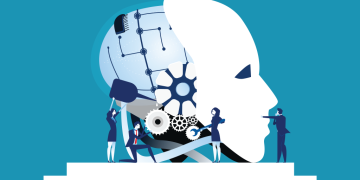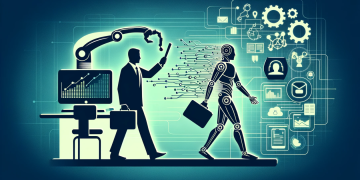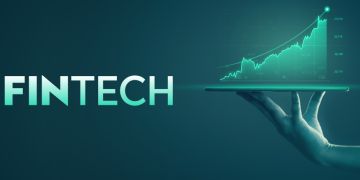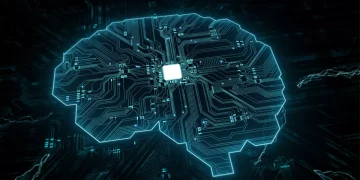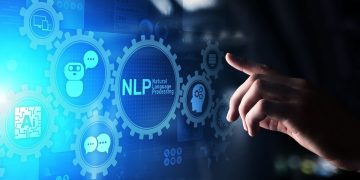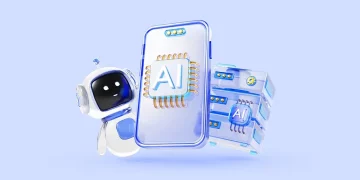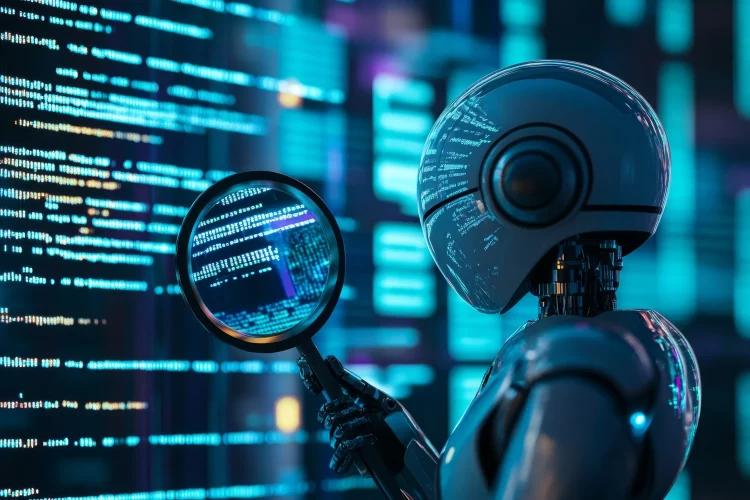Introduction: From Supervised Dependence to Autonomous Intelligence
For years, machine learning systems have been constrained by a core limitation: their reliance on massive amounts of labeled data. Supervised learning, which forms the backbone of many current AI systems, requires human-annotated datasets to teach models how to classify, predict, and understand inputs. But this model of learning is becoming increasingly unsustainable in the face of complex, real-world applications.
In 2025, a new shift is taking place. AI is entering an era of self-learning, where models learn not just from labeled data but from unstructured environments, synthetic experiences, their own interactions, and feedback loops. The emerging goal is autonomous generalization—systems that can improve continually, adapt on the fly, and learn like humans: without constant supervision.
Let’s explore the key methods and technologies propelling machine learning into its post-supervised phase.
1. The Rise of Self-Supervised Learning (SSL)
Self-supervised learning has already revolutionized natural language processing and computer vision by eliminating the need for human-labeled datasets.
Key developments include:
- Contrastive learning (e.g., SimCLR, MoCo, CLIP) teaches models to distinguish between similar and dissimilar inputs using natural co-occurrence.
- Masked modeling (e.g., BERT, MAE) lets models learn representations by predicting missing or corrupted parts of data.
- Multimodal self-supervision links language, vision, and audio, allowing models like GPT-4o and Gemini to understand cross-modal relationships without labels.
In 2025, SSL is being extended to robotics, code, genomics, and multi-agent simulations, creating a foundation for universal pretraining without curated data.
Why it matters: SSL allows AI systems to learn from raw, unlabeled data at scale, reducing costs, improving generalization, and making learning possible in domains where labeled data is scarce or unavailable.
2. Reinforcement Learning + Large Models: The Feedback Loop Revolution
Reinforcement learning (RL), traditionally used in game-playing AI, is being combined with foundation models to enable feedback-driven, interactive learning.
Key applications include:
- Reinforcement Learning from Human Feedback (RLHF), which powers instruction-following in models like ChatGPT.
- Direct Preference Optimization (DPO) and Constitutional AI, allowing models to align with user intent or ethical principles through preferences, not labels.
- AutoGPT and Agentic RL, where models explore environments, self-reflect, and refine strategies through trial and error.
This approach creates a closed learning loop, where AI systems evolve based on performance and goals, not fixed datasets.
Why it matters: Reinforcement-enhanced learning enables self-improvement without external labels, driving autonomy in agents, assistants, and robotic systems.
3. Synthetic Data Generation: Infinite Data, Custom-Built
In fields where real-world data is hard to obtain—medical imaging, autonomous driving, edge robotics—synthetic data is now a primary solution.
Key tools and trends:
- Generative models (like diffusion models and GANs) create training data that mimics real-world distributions.
- Sim2Real transfer improves model robustness by training in photorealistic virtual environments.
- Data augmentation frameworks dynamically generate new training samples based on existing ones.
AI models themselves are also training other models by generating synthetic prompts, code snippets, or simulated dialogues—creating AI-to-AI knowledge transfer systems.
Why it matters: Synthetic data breaks the bottleneck of labeled datasets, offering endless, customizable, and privacy-safe inputs for training across domains.
4. In-Context Learning and Few-Shot Generalization
Modern foundation models can now learn new tasks without retraining, using only a few examples embedded in the input prompt. This capability is known as in-context learning.
Notable features:
- Models like GPT-4, Claude, and Gemini perform zero-shot or few-shot tasks across languages, domains, and modalities.
- Prompt engineering, chain-of-thought reasoning, and retrieval augmentation enhance their ability to generalize on the fly.
- Some models now support persistent memory, allowing them to adapt over time based on user interactions.
Rather than updating weights, these models leverage prior knowledge and adapt behavior dynamically through context.
Why it matters: In-context learning emulates human learning by example, opening the door to models that continually adapt without formal retraining cycles.
5. Lifelong Learning and Continual Adaptation
AI systems are now being designed to learn continuously—acquiring new skills and knowledge over time without forgetting previous ones.
Key strategies include:
- Elastic Weight Consolidation (EWC) and Progressive Networks prevent catastrophic forgetting.
- Replay buffers and knowledge distillation help retain and reuse old task knowledge.
- Dynamic model expansion allows architectures to grow as new tasks arise.
Open-source frameworks and commercial agents now offer session persistence, enabling models to refine their behavior based on ongoing interaction history.
Why it matters: Continual learning allows AI to function more like a true digital brain, constantly improving and adapting without needing to be retrained from scratch.
6. Meta-Learning: Learning to Learn
Meta-learning involves models that learn how to learn, adjusting their internal learning processes based on experience.
Recent breakthroughs:
- Model-Agnostic Meta-Learning (MAML) frameworks optimize initial parameters so that models adapt quickly to new tasks.
- LEGO-style modular learners share components between tasks and recombine them dynamically.
- Neural architecture search (NAS) enables models to evolve their own structure for optimal learning on the fly.
Meta-learning systems are being deployed in robotics, personal assistants, and edge AI—where fast adaptation is essential.
Why it matters: Meta-learning moves AI from passive prediction to active skill acquisition, with the potential to handle unpredictable, dynamic environments.
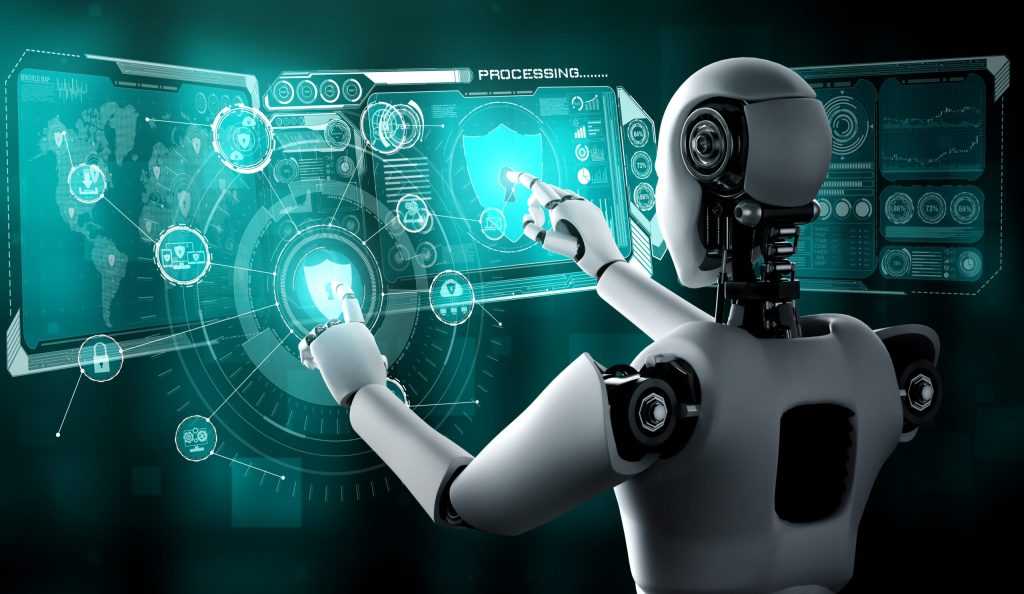
7. Human-AI Co-Learning and Interactive Supervision
The frontier of self-learning is not isolation, but collaboration. New systems allow humans and AI to learn together, improving both performance and trust.
Emerging trends:
- Active learning loops, where models ask humans for feedback only when uncertain.
- Interactive teaching environments, where users guide models with demonstrations, corrections, or preferences.
- Collaborative agents, which observe and learn from human workflows in real-time (e.g., copilots in code, design, legal work).
This approach minimizes supervision effort while maximizing relevance and alignment.
Why it matters: Human-AI co-learning enables safe, explainable, and aligned AI systems, especially in high-stakes or creative domains.
8. Breaking the Dataset Paradigm: Toward World-Modeling AI
Ultimately, the goal of next-generation machine learning is not to memorize datasets, but to model the world—understanding cause, effect, time, and abstraction.
Developments include:
- World models in reinforcement learning that let agents simulate futures and plan.
- Causal learning systems that infer relationships beyond correlation.
- Autonomous self-improvement loops, where agents generate tasks, test themselves, and refine their capabilities iteratively.
In essence, AI is evolving from data-driven pattern recognition to goal-driven cognitive modeling.
Why it matters: These systems can learn in open-ended environments, discover new knowledge, and solve problems that aren’t explicitly labeled—just like humans.
Conclusion: A New Learning Paradigm for a New Intelligence
AI in 2025 is moving beyond the era of labeled datasets and static models. Through self-supervised learning, reinforcement feedback, synthetic data, meta-learning, and continual adaptation, machines are beginning to learn from the world, from themselves, and from us—just like people do.
This shift represents more than just a technical evolution—it’s a philosophical one. Machine learning is no longer about mimicking intelligence through training sets. It’s about building intelligence that grows.
In the new era of self-learning AI, data is not the limit—it’s just the beginning.

